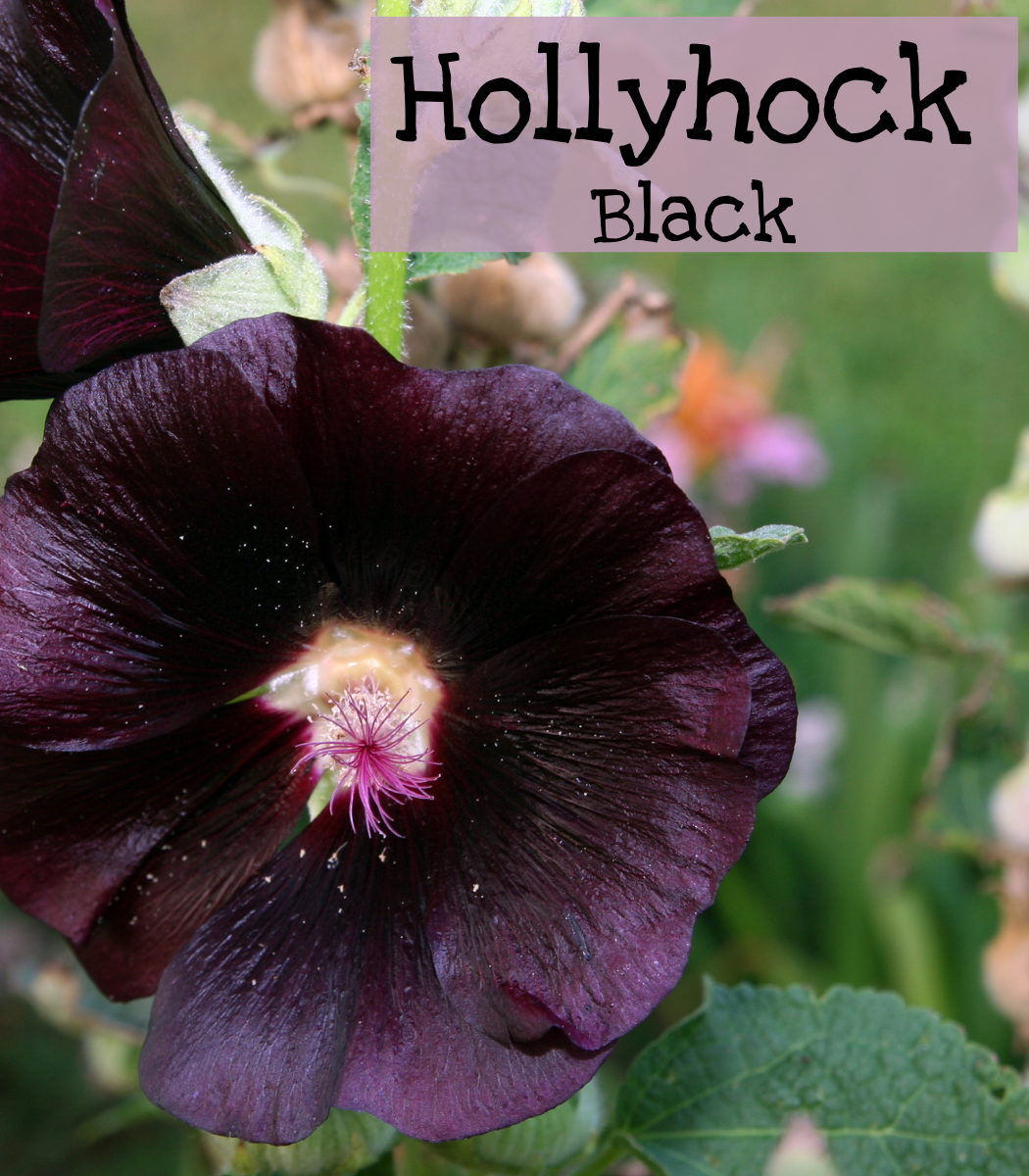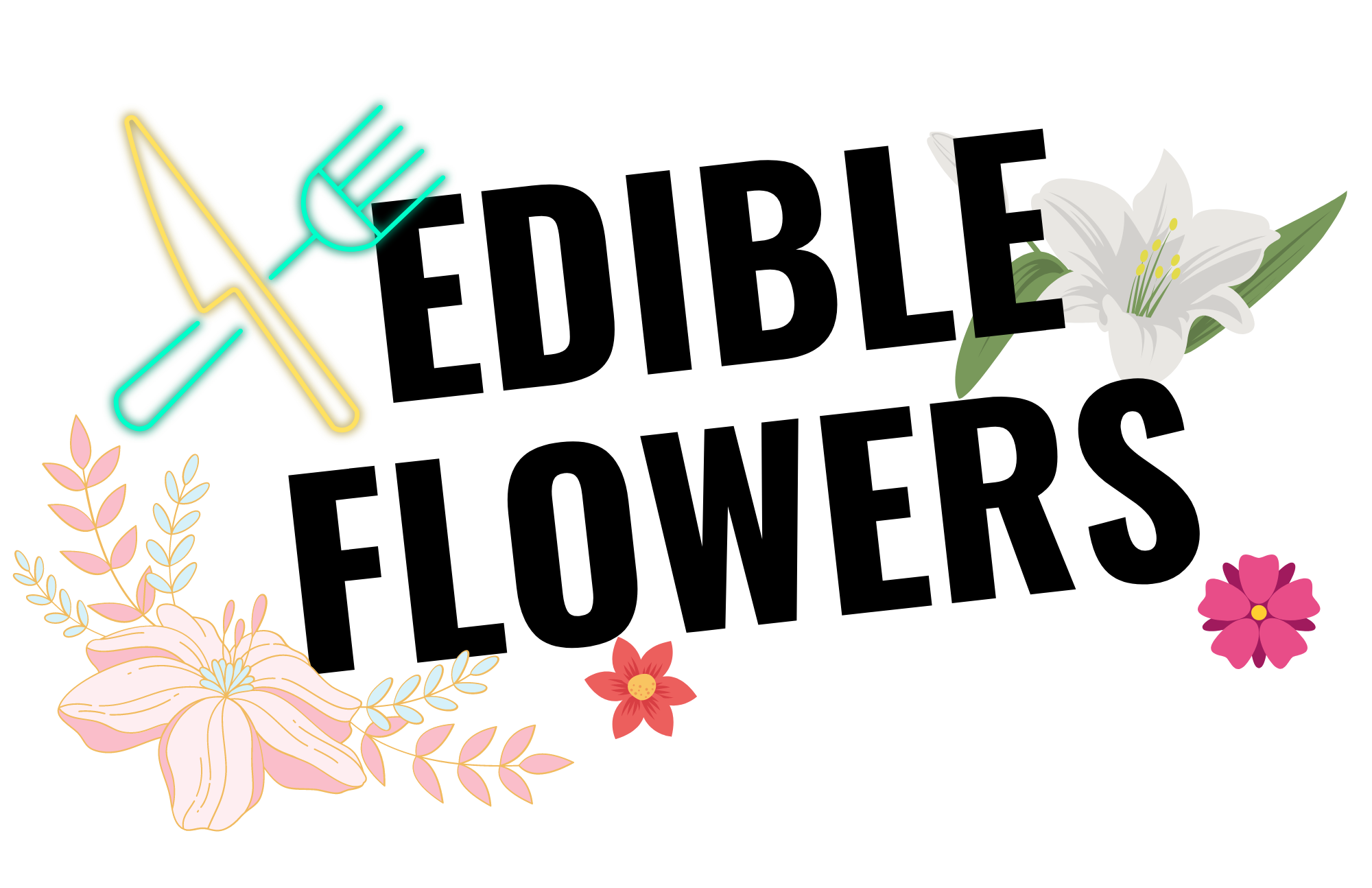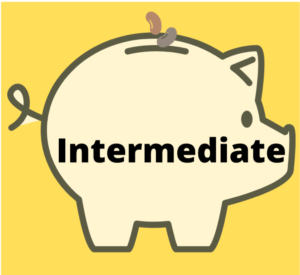
Hollyhock
The hollyhock is often seen in cottage gardens. These beautiful blooms create a stunning backdrop! It’s perfect for a pollinator garden as bees and hummingbirds love hollyhocks!
|
Black |
|
Alcea rosea |
|
Easy |
|
Intermediate |
|
3 years if properly stored |
|
Biennial |
|
12-21 days |
|
Soak overnight |
|
Surface Sow |
|
Black: 6′ |
|
Needs light to germinate Full sun |
|
Summer of the second year |
|
April and May |
|
Yes |

Growing Tips


When to Start
Spring: Start indoors 6 weeks before the last frost date. (March for GA)
Transplant: Two-three weeks after the last frost. (Mid-May for GA)
Direct Sow: One week before the last frost. (End of April-Beginning of May for Jefferson, GA)
How to Start
Start indoors 6 weeks before the last frost. To aid germination, soak the seeds overnight. Fill cells or pots with sterile pre-soaked seed starting mix. Surface sow the seeds as they need light to germinate. Then place them under grow lights. Pot up as needed. Transplant 2-3 AFTER the last frost and after hardening off. Or direct sow 1 week before the last frost. Space or thin to 2 feet.
Care
Plant in full sun and moist, rich, well-drained soil. Hollyhocks are a short-lived perennial. Most varieties will only live 2-3 years. Their lifespan can be extended a little by removing flowers as soon as they fade and cutting them back to the ground. Mulching will also help.
How to use
The flower petals can be used as garnishes or turned into tea. Pour boiling water over the flowers. Let them steep. Then strain the flowers out and enjoy!
Seed Saving

Isolation Distance
Insect dependent for pollination. Isolate 1/4 mile to prevent cross-pollination.
Instructions
Select healthy, robust plants free of any signs of disease or insect infestation for seeds. Seeds carry the traits of the parent plant. Choose plants that exhibit the traits you wish to preserve. Consider bloom size, color, and shape, as well as blooming time.
Allow the biggest and healthiest blooms to mature on the plant. Cover the seed head with a fine-mesh bag as soon as the flower petals shrivel and die. Use an elastic band to hold the bag in place. This prevents seeds from spilling onto the soil before harvest.
Clip the flower head from the main stem once the seeds are dry and dark. Separate plant debris from the seeds by removing the mesh bag and placing the flower head in a paper bag and shaking to loosen the seeds. Seeds settle to the bottom of the bag. Remove plant debris by hand.
Features
- Attracts pollinators
- Attracts hummingbirds
- Dry area tolerant
- Easy to grow
- Good cut flowers
- Black: Satiny blue-black flowers bloom in the second year.

- To provide food for wildlife during the winter, many gardeners do not cut back perennial flower seed heads in the fall but wait until early spring before the new foliage appears.
- Give plenty of air circulation. Rust will typically attack the lower leaves but it may spread to the upper leaves. To help keep rust to a minimum, water from below, make sure the plant has good air circulation, and you can treat with a fungicide labeled for rust as a last resort.
- Hollyhocks are short-lived perennials, but they often seed themselves.
